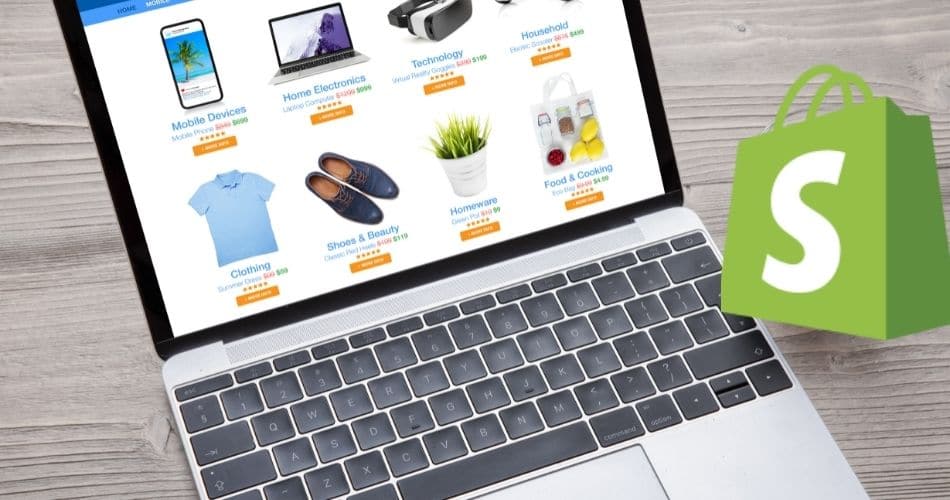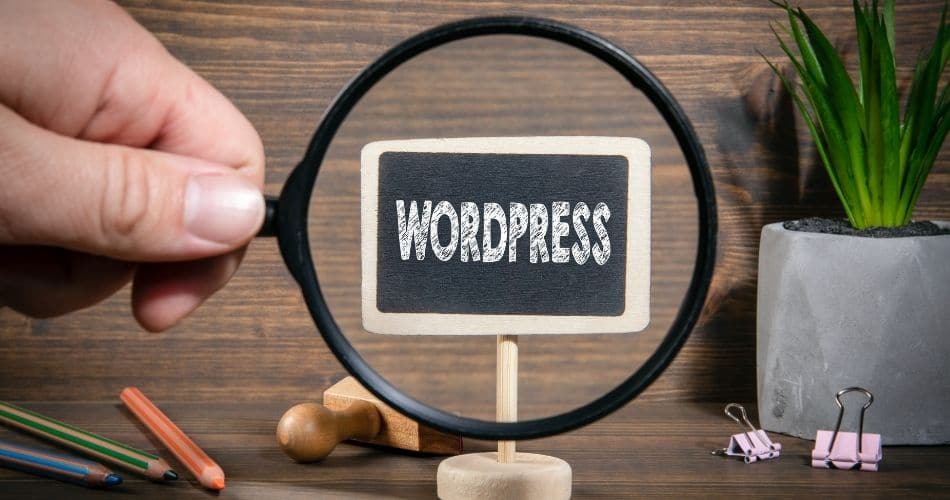Shopify is an eCommerce platform that has been growing in popularity over the last few years. Shopify offers a number of features to help you run your business, but one of the most important aspects is Shopify SEO. Shopify SEO can be difficult to do yourself and often requires hiring an SEO company for long-term management. If you are looking for Shopify SEO tactics and tools, this blog post will provide different methods for improving your Shopify store's search engine ranking results!
Contents
What is Shopify SEO?
Shopify SEO is an umbrella term that focuses more on Shopify’s built-in features and less on offsite optimization. Shopify SEO tactics are focused primarily around thoroughly optimizing your Shopify store for search engine results (SEO). Shopify offers a number of tools to help you optimize your site as well as provide advice about what content to produce and how often to publish it.
Shopify SEO tactics can be as simple as optimizing your Shopify store’s URL and meta titles to ensure you are using the appropriate keywords.

The goal of Shopify SEO is to provide users with a pleasant browsing experience that leads them directly back to your Shopify store. In order for this tactic to work properly, it requires a robust understanding of Shopify’s features and Shopify SEO tactics.
There are a number of Shopify SEO tools to help you accomplish these goals, but this article will focus primarily on Shopify-specific resources that offer step-by-step guides for optimizing your Shopify store!
How to Optimize Your Shopify URL Title
Shopify’s URL Title feature is a Shopify SEO tactic that can be used to help increase your Shopify store’s search engine ranking. This Shopify SEO tactic will also automatically update when you make changes to the site, which means it requires minimal implementation on behalf of the business owner!
When optimizing your Shopify URL title, there are several rules and guidelines to follow. Shopify’s URL Title should be:
– Short and simple
– Unique in order to avoid duplicate content, which can result in a penalty from Google
– Use keywords that describe your Shopify store or products as accurately as possible without being too long or difficult to read

To optimize your Shopify URL title, follow Shopify’s guidelines and then follow these steps:
– Create a title that is short, unique, accurate to your Shopify store or products as possible without being too long or difficult to read
– Include keywords in the Shopify URL Title if it makes sense for your Shopify store
– To ensure you are using the appropriate Shopify URL title, Shopify will automatically update your Shopify URL if you make a change to the content on your Shopify store
– Update Shopify’s name and logo in the header of your Shopify store so that they are consistent with your new Shopify URL
– Ensure there is only one link from all pages within the body of your Shopify store to the Shopify URL
– Ensure all links in the body of your Shopify site link back to that page
– Remove any unnecessary tags from Shopify’s URL
– Update keywords for each blog post, product listing, and category when you make a new release or update information about those specific pages. This will help to ensure Shopify’s URL Title is up-to-date and accurate.
Shopify SEO tactics are often overlooked but can have a lasting effect on your Shopify store. These Shopify SEO tools will help you optimize your Shopify SEO so that it provides the best possible experience for visitors!
SEO checklist for search engine optimization?
Here are the most important elements that comprise that technical foundation:
Shopify URL structure
A URL should be easy to read and describe the content. The best URLs have an intuitive structure with words separated by dashes, lowercase letters, brief word lengths (less than 4 or 5 characters), and consistent syntax.
Managing URL redirects
You might think it’s just a little SEO trick, but by automating 301 redirects with Shopify you can save time and headache in the long run. Why? You won’t have to worry about manually updating your URLs on every page of your site or adding superfluous blog posts that rank poorly for old keywords.
The beauty is – all of these changes are done automatically!
This feature has a big drawback: it does not empower you to set up redirects using Regular Expressions (RegEx), so you have to either fill in all redirects manually or get creative and generate them yourself. Some people might enjoy this because they don’t know how, but for others who do want the power of everything with ease–it’s just too much work!

Shopify Headings search engines
Headings are the backbone of any SEO-friendly page. When a visitor or search engine bot scans your content, it will notice headings and stop to take in what they all mean for you with just one quick scan.
Best practices when it comes to headings:
– Use a single H tag for each heading
– Apply headings consistently to every page of your Shopify store
– Put the most important content first and move down in importance from there. This will help search engines rank you higher as they identify what is more valuable on your site or blog post, and also guide users through it so that they can find what is most relevant to them
– Use headings that are less than 50 characters, as this will help shorten page load time. Your Shopify store should also be optimized for speed! To do so, you may want to look into Shopify’s Page Speed Insights or make any updates where necessary, and keep in mind the following:
– Shopify recommends using either Shopify’s built-in CSS styles or a third-party service like Shopify Plus, to create an external style sheet. This will help keep your store loading fast by reducing the time it takes for visitors to download all of your site’s files
– Shopify also suggests that you optimize images with Shopify’s built-in compression, which will help reduce the size of your images and make them load more quickly.
Site structure and internal links
The structure is key to Shopify SEO. The best Shopify stores are well structured so that visitors and search engines don’t get lost on your site or blog post, but also know where they should go next!
Internal linking helps Shopify SEO by keeping the website organized for both customers and search engine bots (which will then rank it higher). Shopify makes it easy to link back and forth between pages, posts, and products–just hover over a word or phrase you want to turn into a hyperlink.
The best Shopify stores will use this opportunity to create keyword-rich links that lead users from one post or page on the blog right onto another! This is an important Shopify SEO technique for any Shopify store.
A Shopify blog post should also be optimized with internal links, but this doesn’t mean you have to link back and forth between pages or posts–you can also opt for linking back and forth between keywords on your site! This will help drive traffic from one page to another naturally through natural language and Shopify SEO.
Shopify Image optimization
Shopify has an easy-to-use image compression tool that will allow you to resize your Shopify store’s images and reduce their size. The most important thing when using Shopify’s built-in compression is that it should be applied consistently across all of the images in a Shopify blog post! This means if you have five different Shopify images, all five should be compressed with Shopify’s own built-in tool!
To do so:
– Go to “Design” in the Shopify sidebar and click on “Images.” Here you will see a list of stores. Find your store by clicking on its name in the row that says “Products”
– Click on the “Images” tab and you will be able to see all of Shopify’s built-in image compression tools
– Once Shopify images are compressed, use short headings with a 50 character limit! This will help speed up your page load time.
Shopify Structured Data
Shopify Structured Data makes Shopify SEO easier. With Shopify Structured Data, Shopify will automatically generate and publish your store’s data for you on Google Search Results pages! This includes:
– Your name and address
– The type of business (aka “what do you sell?”) – A list of the products you sell
– The business category and subcategory Shopify thinks it falls under. Shopify Structured Data will also create “rich snippets” for your store, which are a kind of visual tag that shows up in Google Search Results pages–using the example above, this might be an image with your logo next to it!
Shopify Page speed insights
Shopify Page Speed Insights is Shopify’s built-in tool for checking how fast each page of your Shopify store loads. Shopify will automatically analyze and show you what load time increases that can be made to either:
– Optimize images with Shopify compression–giving them a smaller size and making the site faster at downloading
– Reduce Shopify store page size–which will also help make the site faster at downloading. Shopify Page Speed Insights is a great way to find out what you can do on Shopify for Shopify SEO!
This content should not be numbered or bullet-pointed. Once completed, it may appear as follows:
Best Shopify Seo Tactics and Tools
– Shopify SEO
– Internal links
The structure is key to Shopify SEO. The best Shopify stores are well structured so that visitors and search engines don’t get lost on your site or blog post, but also know where they should go next! Internal linking helps Shopify SEO by linking back and forth between keywords on your Shopify store–while external linking helps Shopify SEO by improving indexation
The parallels between Shopify and Shopify SEO are clear: Shopify needs Shopify SEO to be effective. Shopify structure is important for Shopify SEO, and Shopify page speed insights can help optimize your Shopify store for Shopify SEO.





